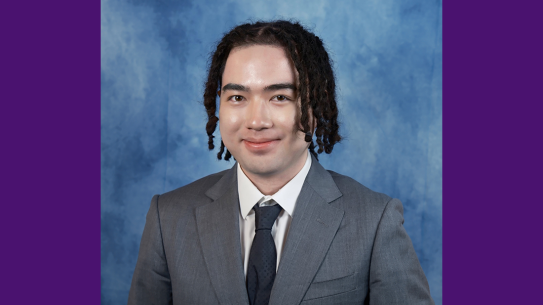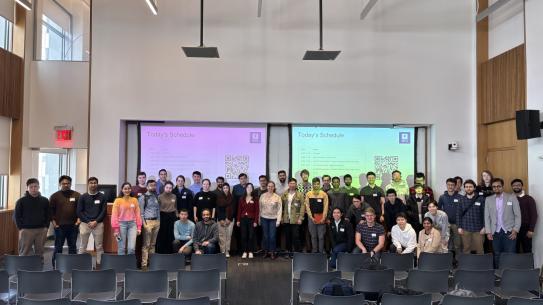Spatial-dynamic matching equilibrium models of New York City taxi and Uber markets
This research was led by Joseph Chow, assistant professor of civil and urban engineering and deputy director of the C2SMART transportation research center at NYU Tandon, with Kaan Ozbay, director of C2SMART, and lead author Diego Correa, a former Ph.D. student, now General Director of Mobility of the City of Cuenca, Ecuador.
With the rapidly changing landscape for taxis, ride-hailing, and ride-sourcing services, public agencies have an urgent need to understand how such new services impact social welfare, as well as how customers are matched to service providers, and how ride-sourcing operations, surge pricing policy and more are evaluated.
The researchers conducted an empirical study to understand these problems specifically for ride-sharing service Uber in New York City (NYC). Since key data is not readily available for the service, the team deployed a dynamic spatial equilibrium model using data on distribution, service, and revenue for NYC taxi fleets, data that is readily available from the city. Specifically, they performed spatial distribution analyses using data on demand activities, service coverage, fleet sizes, matches (rider pickups), and social welfare (the social compensation or detriment to riders of pricing and availability of service) by zone and time of day. They tied that to Uber pickup data for a specific time period in New York City (NYC).
They found, for example, that the NYC taxi industry generates $495,900 in consumer surplus and $1,022,000 in Taxi profits representing the aggregate surplus of 16,400 taxi-passenger matches. For the Uber market, welfare estimates indicate that $73,300 in consumer surplus and $151,300 in Uber profits, representing the aggregate surplus of 2,250 Uber-passenger matches in the 4-hour analysis period.
Additionally, taxi demand over the study period is 20,949, while full matches are 16,433, implying that 4,516 demanded customer trips are unmet each hour, or an average of 452 every 6 min. This contrasts with the 5,537 Taxis that are vacant at any one time. The externalities of this inefficiency are not directly captured by the model. However, the consumer surplus of the other mobility options reflects the level of congestion in the roadways due to the Taxi and Uber fleet scenarios. It can guide policy for improving lower externality options. For the congestion charging scenario for Uber, a $5 charge should be accompanied by at least a 1.20% increase in consumer surplus in lower externality modes like public transit. This can be achieved by ensuring that enough of the congestion charge is diverted to improving the transit for that difference.
Future research will inevitably consider collaborating with local agencies to evaluate different Uber policies.
This research was partially supported by the National Science Foundation Grant No. CMMI-1634973, the C2SMART Tier-1 University Transportation Center and the Secretaría de Educación Superior, Ciencia, Tecnología e Innovación (SENESCYT) Ecuador.



